Maturation in the cask is certainly the decisive factor for the flavour of a whisky. Which cask was used and how long was the distillate left in it? The grain used and the shape of the stills also play a role.
What factors influence the flavour of Whisky?
The raw whisky - New Make - is colourless and clear. Its flavour also has little to do with what we know as whisky. After distillation, the final maturation process begins, which takes the longest time compared to production. In the UK and the rest of Europe, the legally prescribed minimum maturation period is three years. But these three years are of course just the beginning for a single malt whisky. Top whiskies only reach their peak after 15 to 25 years. During the slow maturation over many years, the spicy flavours of the whisky become milder, but also more complex.
Here are the five important factors that influence the flavour:
Cask - Ageing time - Peat - Still - Grain
Cask
During maturation, chemical reactions take place between the alcohol, the flavourings and the wood. These reactions increase the proportion of esters and aldehydes in the whisky. In addition to the sherry or bourbon residues in the cask wall, the alcohol also extracts tannins, vanillin and caramel from the wood. Contact between the whisky and the wood of the cask wall is therefore essential. The smaller the cask, the greater the influence on the flavour!
We have described the diversity of casks and cask maturation in detail here.
Storage time
Depending on the legislation in the various whisky-producing countries, bourbon in the USA, for example, must be matured in casks for at least two years and single malt in Scotland, Ireland and the countries that produce according to the Scottish model for at least three years. In most cases, cask maturation is significantly longer and is labelled on the bottle.
You can find a wide range of information on the duration of whisky cask ageing here.
Still
The shape of the pot still influences the flavour of the whisky. The pot still is the centrepiece of every distillery. Find out everything about the construction, shape, heating and service life here.
Grain
Depending on the type of Whisky, different grains are used as raw materials. Barley, maize, rye and wheat are common varieties. However, oats, buckwheat, millet etc. are also used in Whisky production.

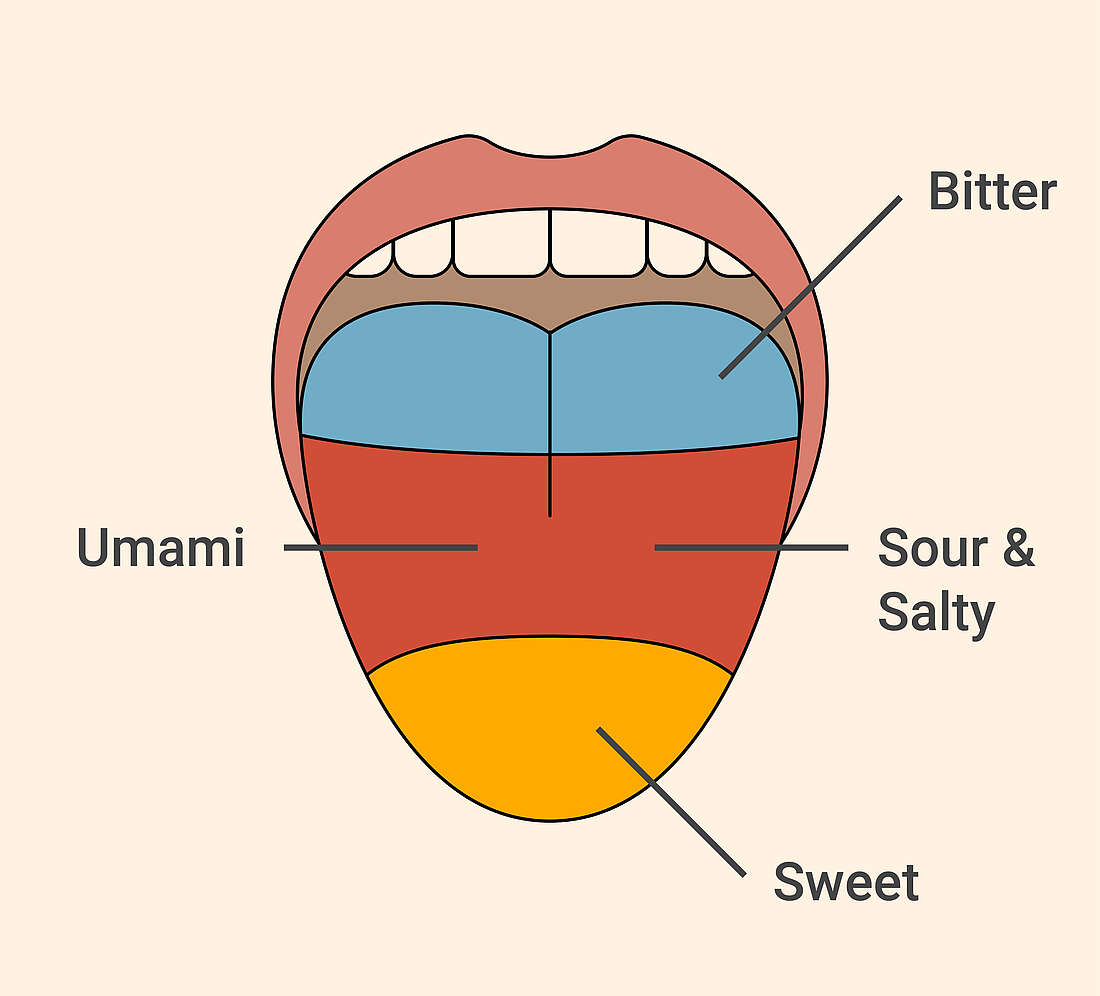
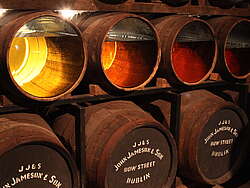
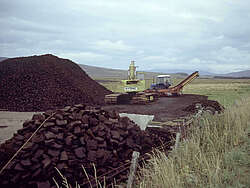
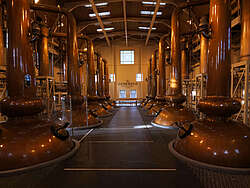
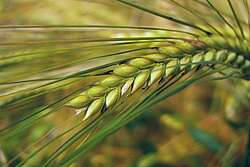






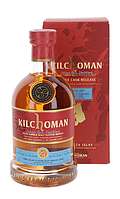
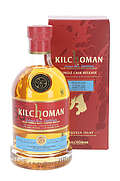
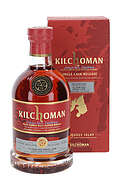
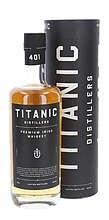
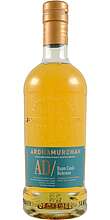



To comment, you must be logged in